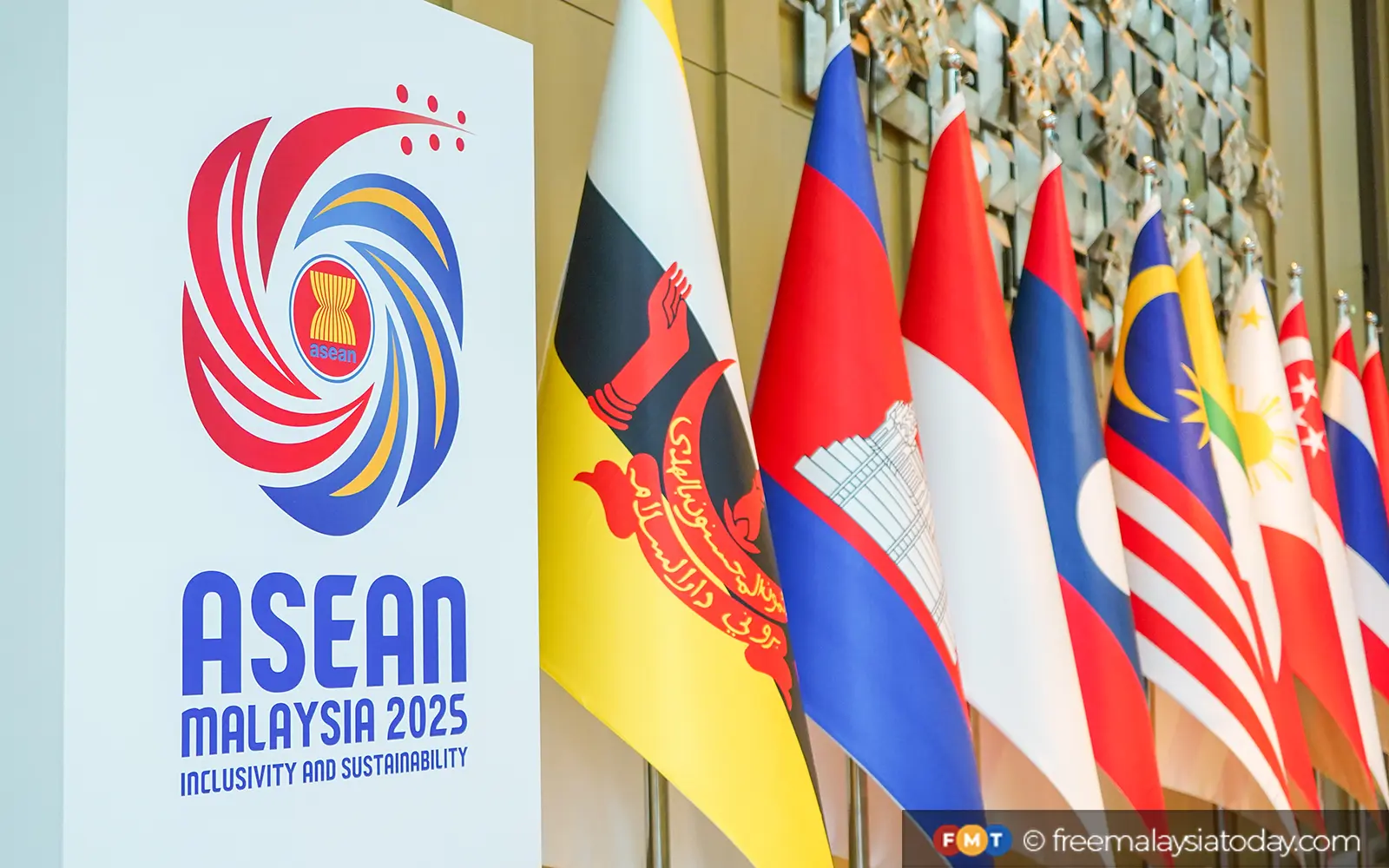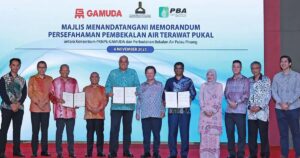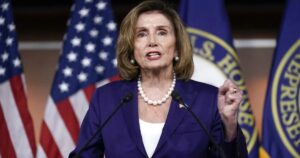
Southeast Asia took centre stage this week as leaders gathered for a rare convergence of three back-to-back summits – the 46th Asean Summit, the 2nd Asean-Gulf Cooperation Council (GCC) Summit, and the inaugural Asean-GCC-China Summit.
From long-term roadmaps and economic resilience plans to deepening strategic alliances, the message was clear: Asean is laying the groundwork to future-proof the region.
Prime Minister Anwar Ibrahim, chairing the 46th summit, warned that the very foundations of Asean were being tested by rising protectionism, the ongoing Myanmar crisis, and a fragmented global order.
“It is the sense of centrality and our conviction to forge our own future that will enable us to stay ahead of the curve,” he said in his opening remarks.
From stalemate to strategy on Myanmar
Asean’s credibility continues to be challenged by the prolonged civil war in Myanmar, and this year’s summit signalled a potential pivot in approach.
For the first time, Asean foreign ministers broached the idea of appointing a permanent special envoy to Myanmar, moving away from the current rotating system that has struggled to yield results.
Thomas Daniel of ISIS told FMT this showed that Asean was “finally recognising the need to move beyond its ad hoc approach”, though much would depend on how the envoy’s role was defined.
“Asean has always demonstrated flexibility between principles and pragmatism, and the same ought to apply to how it approaches Myanmar; but there is no excuse for inaction,” Daniel said.
A tripartite push for closer cooperation
The 2nd Asean-GCC Summit reinforced growing Gulf interest in Southeast Asia, with both sides pledging to expand cooperation in trade, investment and energy.
Two-way trade between Asean and the GCC is expected to hit US$180 billion (RM757 billion) by 2032, a figure that Julia Roknifard of Taylor’s University described as a “steady and incremental rise”.
“It is clear that the GCC is looking to trade and invest with safer bets than the US or European Union over the long-term,” she told FMT.
On the ongoing Asean-GCC free trade agreement talks, Roknifard said “Asean could see significant investment inflows”, particularly if the Gulf states broadened their focus beyond energy and into key sectors for Asean’s growth.
The momentum carried into the first-ever Asean-GCC-China Summit, where Chinese premier Li Qiang pledged, in his opening remarks, to bring “powerful momentum” to the partnership described as “one plus one plus one is greater than three”.
“As China‘s differences with the US and the West persist, it understandably reaches out more proactively to Southeast Asia and the Global South, both of which have traditionally been close to China,” Oh Ei Sun of the Singapore Institute of International Affairs told FMT.
Navigating turbulences better together
Capping off the summit, Asean leaders unveiled the Kuala Lumpur Declaration on “Asean 2045: Our Shared Future” – a forward-looking vision to steer the region through the next two decades of disruption and opportunity.
“We underscore the importance of enhancing Asean’s resilience and promoting collective, efficient, effective and innovative responses to regional and global challenges and future shocks,” it reads – a rallying cry to secure the region’s future.
A five-year action plan was also adopted to boost regional trade, facilitate freer movement of goods and people, and attract foreign investment through regulatory reforms in industries such as mining, agriculture and manufacturing.
In a separate joint statement, the leaders also pledged to upgrade the bloc’s Asean+1 free trade deals and the Regional Comprehensive Economic Partnership (RCEP), a strategic shield against rising external headwinds and an effort to anchor the region firmly in the global economy.
Together, these moves signal Asean’s determination to not just survive global disruptions, but to shape the future with confidence, cohesion, and purpose.






